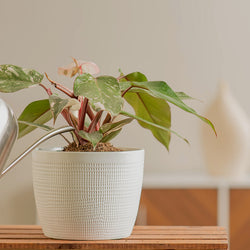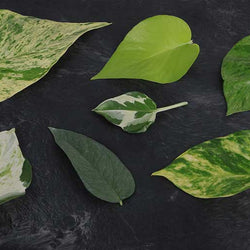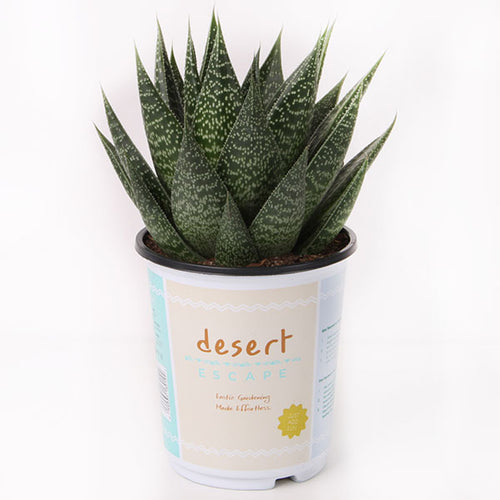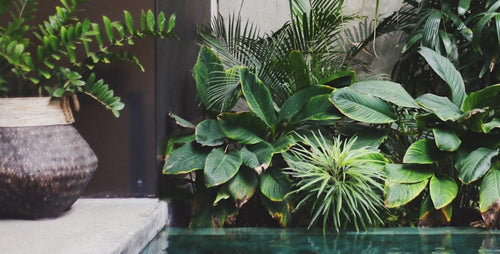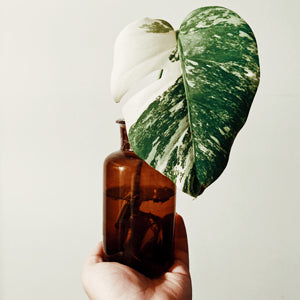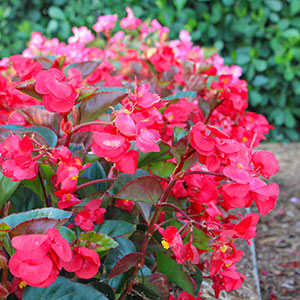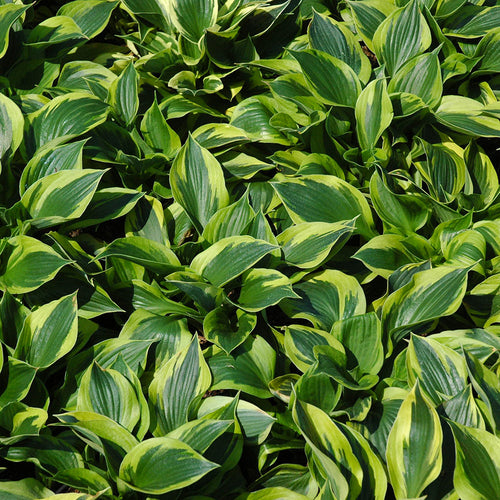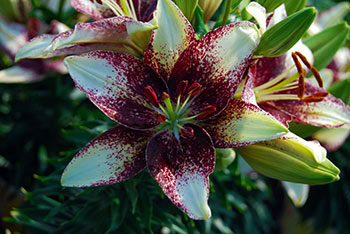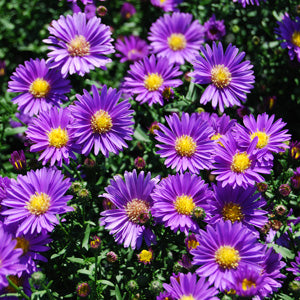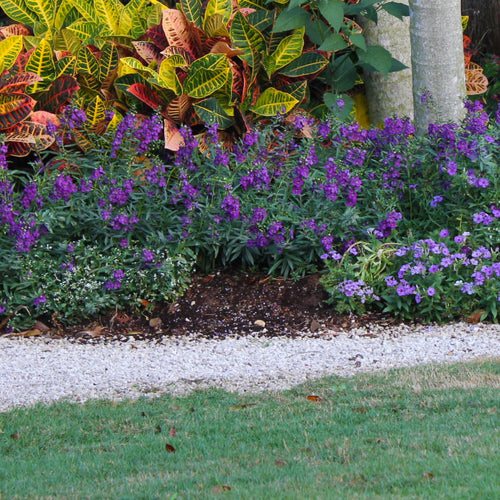
Garden Phlox Flame Series
If you love the elegant, fragrant blooms of garden phlox, but don’t have space for old-school 4-foot-tall beauties, check out the Flame series. This super-easy collection grows 15 to 18 inches tall and produces masses of red, coral, purple, pink, or white blooms from mid- to late summer. Members of the Flame phlox family are also more mildew resistant than old-fashioned types. Grow garden phlox in full sun or light shade in rich, slightly moist soil. Garden phlox is also deer resistant and the nectar-rich blooms will attract waves of hummingbirds and butterflies to your garden. Zones 4-8
Coreopsis ‘Leading Lady Charlize’
Put some star power in your border with coreopsis ‘Leading Lady Charlize'. Heat and cold tolerant, this super performer produces a seemingly endless supply of bright yellow, double flowers throughout the summer. It grows 18 to 24 inches tall and is mildew resistant. ‘Leading Lady Charlize’ is tough enough to grow in any kind of soil as long as you plant it in full sun. Zones 5-9
Sedum ‘Tricolor’
Are you constantly weeding the cracks between paving stones or bricks in your backyard? If so, why not eliminate them the natural way by tucking tricolor sedum into every nook and cranny and letting this tough little perennial take over. Tricolor sedum is a delightful that grows only 4 to 6 inches tall, but each plant can spread 18 inches wide. It sports pretty green, cream, and pink foliage that retains its color all year long. Come summer the plants are topped with pink flowers that bees and butterflies love. Tricolor sedum is heat, drought, deer, and rabbit resistant. Plant in full sun and watch this vigorous sedum smother weeds in its path. Zones 3-9
Bee Balm Balmy Series
We love it when we see improved new varieties of some of classic perennials. Balmy series bee balm (also called monarda) is a great example of a new face on an old favorite plant. This vigorous beauty is shorter and more compact than traditional bee balm varieties, growing only 10 to 12 inches tall and producing an abundance of long-lasting, reddish-purple crown-like flowers from late spring to early summer. It also has improved mildew resistance, so the rich green foliage looks great all season long. Like other bee balms, The Balmy series prefers full sun or light shade and a rich, slightly moist soil. It’s also deer and rabbit resistant. Zones 4-9
Scabiosa 'Blue Butterfly'
Even though it doesn’t have the most romantic sounding name, pincushion flower (Scabiosa) makes a charming addition to a flower border or cottage garden. One of the best varieties is ‘Butterfly Blue’ named for its lavender-blue, nectar-rich flowers that lure hungry butterflies into your backyard. 'Butterfly Blue' is a super-easy perennial that grows 12 to 18 inches tall. It starts blooming in April and keeps producing flowers right until frost. Like other pincushion flower varieties, 'Butterfly Blue' loves full sun and well-drained soil. It’s also deer and drought resistant. Remove the faded flowers to promote new blooms faster. Zones 5-9Discover more top perennials that attract butterflies to your yard!

Gaillardia ‘Gallo Dark Bicolor’
Planted in the fall, ‘Gallo Dark Bicolor’ blanket flower (Gaillardia) will be more than ready to rock your garden next summer with an endless supply of bright red-and-yellow daisy-like flowers. Blanket flower is a tough-as-nails perennial that won’t knuckle under during times of heat and drought. It’s a compact variety, growing only 10 to 12 inches tall, making it a top pick for small gardens. Like other blanket flower varieties, ‘Gallo Dark Bicolor’ prefers a sunny location and quick draining soil. Butterflies love the plants’ nectar-rich blooms. It’s also deer and rabbit resistant. Zones 6-9
Salvia ‘Salute Deep Blue’
Compact and early flowering, Salvia ‘Salute Deep Blue’ is prized for its amazing spikes of sapphire-blue flower that appear in the late spring and early summer, and are followed by an encore performance in the early fall. This hardworking compact perennial grows only 10 to 12 inches tall so the flower spikes won’t flop over after the first heavy rain. Planted in the fall, you’ll be able to enjoy plenty of gorgeous butterfly-attracting flowers next spring. Like other perennials salvias, ‘Salute Deep Blue’ prefers a sunny spot in the garden with well-drained soil. The plants are heat, drought, deer, and rabbit resistant. Zones 5-9
Gaura ‘Gaudi Red’
Butterflies, bees, and other pollinators will flock to your yard when you include gaura ‘Gaudi Red’ in your garden. In fact, the plant’s flowers are so full of nectar that ‘Gaudi Red’ was awarded the coveted “Perfect For Pollinators” seal by the Royal Horticultural Society in Great Britain. Gaura ‘Gaudi Red’ is also super easy to grow in almost any sunny spot. The plants are heat and drought resistant and produce lovely wands of bright reddish pink blooms that seem to dance every time the wind blows. These beauties are also compact rarely growing over 16 inches tall. Zones 5-9
Dianthus ‘Kahori’
Add color and fragrance to your garden with Dianthus ‘Kahori’. This pretty little plant grows just 8 to 12 inches high, yet it’s smothered in rosy-pink, highly fragrant flowers from late spring to early summer. And, if you remove the flowers as they fade, ‘Kahori’ will produce another color show in the late summer and fall. But, even when not in flower, ‘Kahori’ looks terrific because it forms a tight mound of slender, gray-green foliage. The key to success with ‘Kahori’ is to plant it in a sunny spot with quick draining soil. Like other dianthus, it does not like wet feet. Zones 4-8Check out these other fragrant perennial flowers!

Lavender ‘Munstead’
Talk about irresistible! Just rubbing your hands over the gray green foliage and rich blue flowers of 'Munstead' lavender releases an intoxicating, stress-reducing scent. Also called English lavender, ‘Munstead’ is a bit more cold hardy than other lavenders -- especially if you plant it in a sunny spot with quick-draining, slightly alkaline soil. ‘Munstead’ lavender grows 12 to 18 inches tall and blooms throughout the summer. In northern parts of its range plant it in a protected location away from drying winter winds. The plants are drought, deer, and rabbit resistant. Zones 5-8
Creeping Jenny
A tiny plant that’s tougher than it looks, creeping Jenny takes both heat and cold in stride, quickly spreading over the ground to create a blanket of cheerful chartreuse foliage. Growing only 2 to 4 inches tall, creeping Jenny makes a wonderful groundcover for rock gardens, border edges, or tucked between paving stones. Although the plants do produce small yellow flowers in early summer, creeping Jenny is grown primarily for its brightly colored leaves. It thrives in full sun or partial shade and prefers a rich, slightly moist soil. In some regions, creeping Jenny can become invasive so plant it where you can easily control its spread. Zones 3-9See more of our favorite perennial groundcovers!
